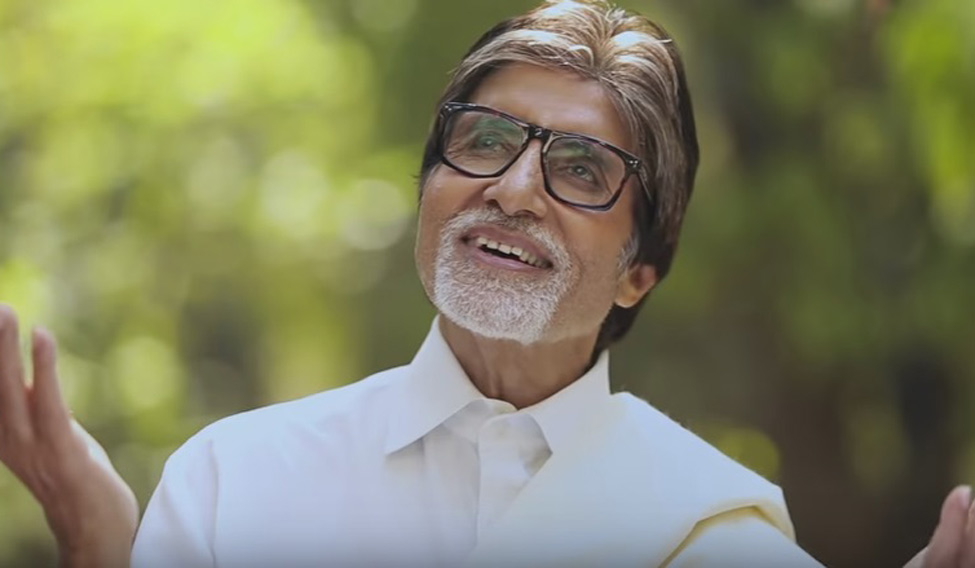Amitabh Bachchan bows his head, paying obeisance to the mighty river. Pranao Brahmaputra, Namami Brahmaputra, he chants, opening up a ode to Brahmaputra. He is in musical company, with the likes of Shankar Mahadevan, Shreya Ghoshal, Usha Uthup, Arijit Singh, Zubin Garg, Sonu Nigam, Kailash Kher and Papon joining in to render a melodious song. In the backdrop are visuals of a pristine river tumbling through a rain-drenched vista. The Shillong choir joins in, even as the montage shifts to the people of the river—a lonely fisherman casting his net, a schoolgirl sailing a paper boat and a housewife weaving a gamcha (towel).
Namami Brahmaputro theme song is for the Namami Brahmaputra festival being held in Assam from March 31 to April 4, which will showcase the state's potentials and is aimed at being a platform to attract investments.
The mighty river in the east, which encloses the world's largest riverine island Majuli, and is said to carry the largest volume of silt by a river, does not feature much in the consciousness of 'mainland' India. Except when the Chinese step up damming activity on the river on their side of the border (where it is known as Tsang po) or during the annual flooding and subsequent displacements every monsoon.
But, as the NDA-led government smears the northeast with a vivid streak of saffron, the culture, geography, and people of the flank of India beyond the chicken's neck, are slowly being pulled towards the centre. And not just as an assortment of exotic tribes who eat bamboo shoot and strange meats, but as an economy that could yield dividends, political and otherwise.
The theme song is beautifully done, no doubt. But the attempt at “homogenising” the east is obvious. While a previous regime could be blamed for seeing the region as exotic, this time, the efforts seem directed at creating a Ramanand Sagar-B.R. Chopra kind of culture. Even in the Assamese version of the song, which showcases more regional talent, and is a product several notches higher, the Assam being portrayed is more the one that they would like it to be, rather than what it actually is. Assam, like any other state in India, is a heady mix of several cultures and traditions, but the only one which finds place here is the Vedic one. The sindoor on the housewife's forehead says a lot.
Brahmaputra, in fact, isn't even the name by which the river is commonly known. Here, it is more often referred to as Buralohit. And while the song does refer to the river's shaant (peaceful) and rudra (angry) moods, this is one river that's more feared than revered. No wonder it is the only male river in Indian tradition—the son of Brahma.
Despite these little quibbles, the theme song and video are a beautiful showcase. I would recommend the Assamese version over the Hindi one, even though the lyrics may not be comprehensible. And while you enjoy this , I would also recommend a revisit to Bhupen Hazarika's sorrowful ditty dedicated to the river—Bistirno parore... Buralohit tumhi bua keyon...—in which he asks how the river can heartlessly keep flowing despite seeing all the tragedies and sufferings on its banks.
The Hazarika number should be seen as complementary to Namami Brahmaputro, and not necessarily, a comparison.





